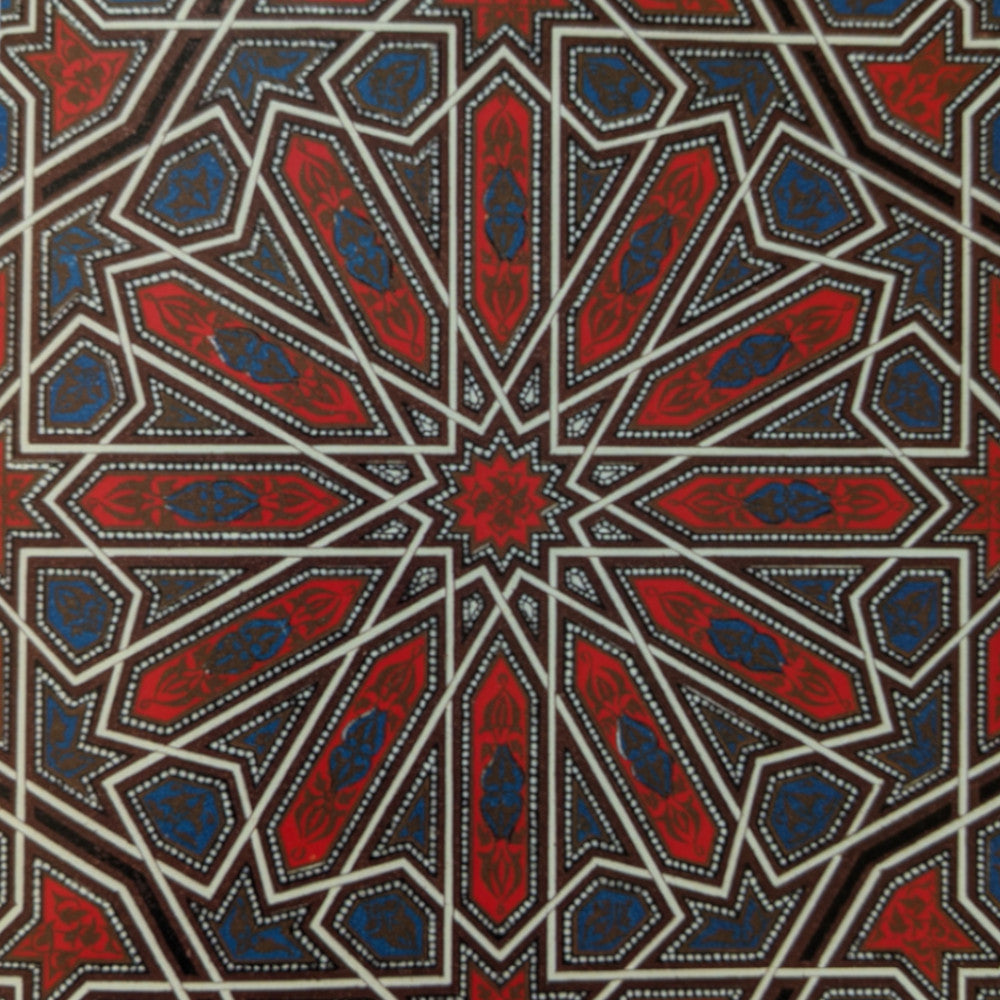
One thing I love about Dallas is being ten minutes walking distance from the Dallas Museum of Art. It has a pretty great permanent collection and excellent exhibits. The last exhibit, Cartier and Islamic Art: In Search for Modernity was fantastic. It opened my mind up to a new subject matter that I followed down into a rabbit hole.
The exhibit detailed the influence of Islamic art in the Cartier brothers' work. Yes, the jewels were amazing, but seeing their processes, studies, and sketches and how they arrived at the final designs was even more interesting.
The first time I went (I went three times - it was that interesting), I noticed the exhibit referenced a particular book numerous times called The Grammar of Ornament, by Owen Jones. I learned that the Cartier brothers used this book to help develop their ideas. Completely intrigued, I purchased the 2016 edition.
This book is fascinating on several levels. Owen Jones was a British designer and architect who set out to observe and document decorative arts in other cultures with the intent of improving the quality of Western design. In 1856, this resulted in a comprehensive source book of illustrations and analysis of ornamental design found during his travels through Europe and the Middle East.
Jones begins with the idea that one of the universal qualities among humans is the desire to make things beautiful. This is easily proved by looking at the illustrations of objects and patterns from around the world and across time. The hand-drawn illustrations are impressive on their own, but also exhibit endless geometric patterns with notes, details, and descriptions that make understanding them and why they exist very easy.
He then introduces the "general principles in the arrangement of form and colour, in architecture and the decorative arts, which are advocated throughout this work." It's quite a long list, but a few of my favorites are: "1) The Decorative Arts arise from, and should properly be attendant upon Architecture, 2) As Architecture, so all works of the Decorative Arts, should possess fitness, proportion, harmony, the result of all which is repose, and 3) True beauty results from that repose which the mind feels when the eye, the intellect, and the affections, are satisfied from the absence of any want."
The Moors specifically used these last principles when they created the Alhambra, a mosque in Spain. The rabbit hole went deeper when I read the chapter on the Alhambra. I will detail that little adventure in a later post.
I can see why the Cartiers found so much inspiration through this incredible book. As someone who makes things, it was really cool to see the creative evolution of shapes and patterns from India, the Middle East, and North Africa into three dimensional jewelry.
A Cartier sketch from the exhibit:

From The Grammar of Ornament:

